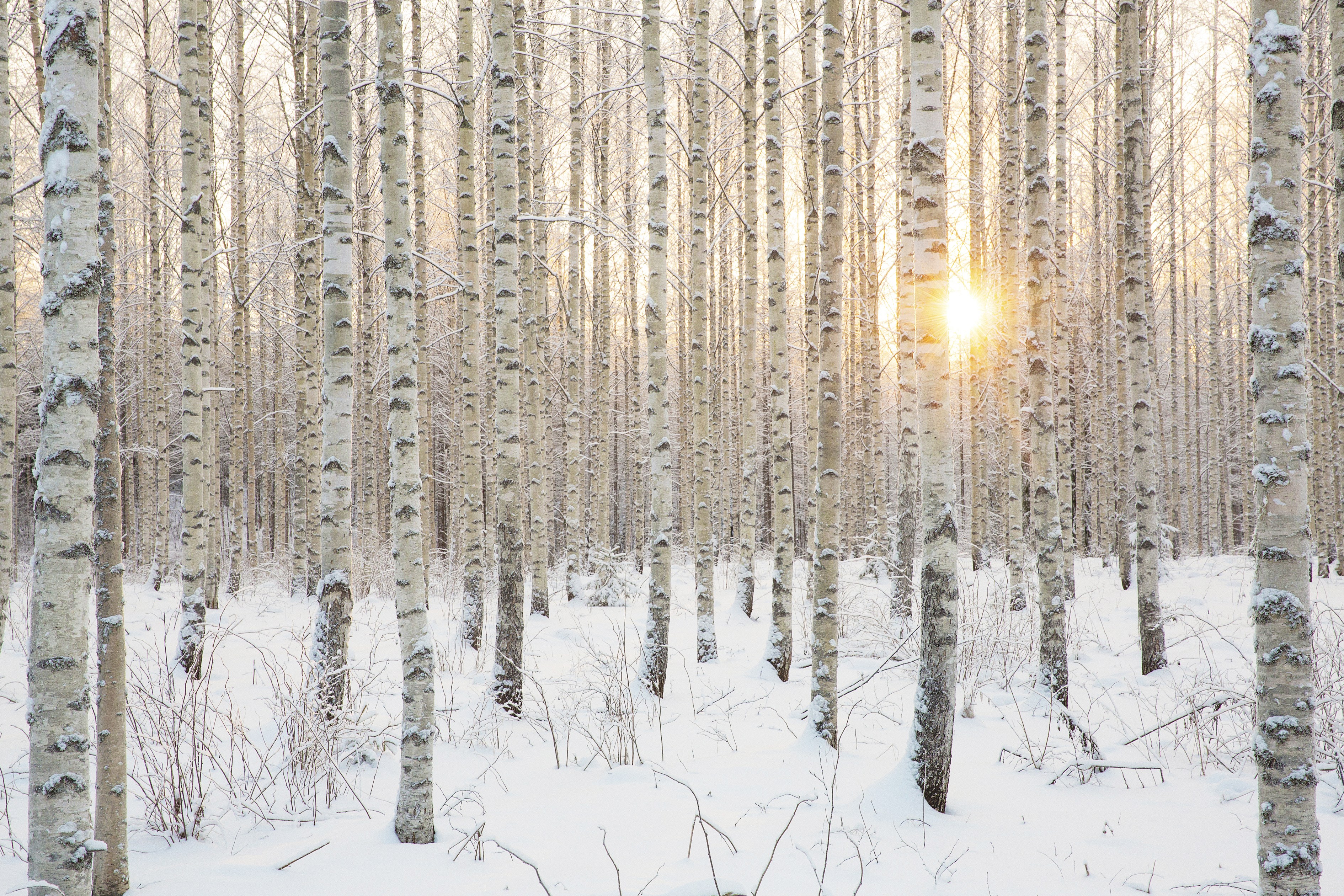Cool air and frost are advantageous for farming
The Finnish climate is cool. The cold winter with its freezing temperatures reduces plant disease and other pests. So Finnish farmers use fewer protection agents and pesticides than those in many other countries, and the pesticide residue risk is small. When the land freezes, farming actually benefits as the land alters and does not suffer compaction, while plants’ access to water improves. The deep freeze of winter is also advantageous for grain storage, as cooling storage spaces requires less energy than in warmer climates.

The arctic region features a cold climate during the winter season, testing the adaptation of its wildlife and peoples to the conditions. Temporary but relatively high summer temperatures, fast-paced summer season growth, winter dormancy, and a great variation in seasonal light. Winter is the longest of the thermal seasons in most parts of Finland on average. In the south and Southwestern Finland, thermal autumn may stretch over a long period and spring begin early.
Durable snow cover varies greatly and drastically in different parts of the country. In 2014–2015, the snow lasted just a few days on the south coast and up to 230 days in Lapland.
There are no long periods of rainfall in Finland, but usually it rains in all seasons. Annual rainfall varies widely, with the least in Lapland at some 400–450 mm/year, and the most in southern and central parts of Finland, at around 600–750 mm per year.
Snow cover is important for plants in the Finnish arctic region. It protects the vegetation from the cold and the damage caused by the cold weather. It also protects vegetation from drying, especially in early spring. During sunny days at the end of winter, even photosynthesis is possible under the snow, as light passes through the packed snow cover and the carbon dioxide content may be high underneath. Also, air humidity remains high, even under the snow. Melting snow and autumn rains raise the groundwater levels. Although floods occur every year throughout Finland, they are relatively small compared to, for example, Central Europe. The flood risk in Finland is reduced by the moderate rainfall, the number of lakes, and the slight differences in terrestrial altitude.
The winter cold reduces the number of plant-diseases and pests in the soil. This means fewer plant protection products are used in Finland than in many countries, and the pesticide residue risk is similarly reduced. Frosty and variable winter weather conditions undermine the vitality of pathogens. Ground frost is beneficial for plants, frost modifies the soil, promotes plant water supply and prevents, especially in clay soils, soil compaction. Winter is also useful in cereal storage, as cooling stocks in cold weather requires less energy than in warmer conditions.